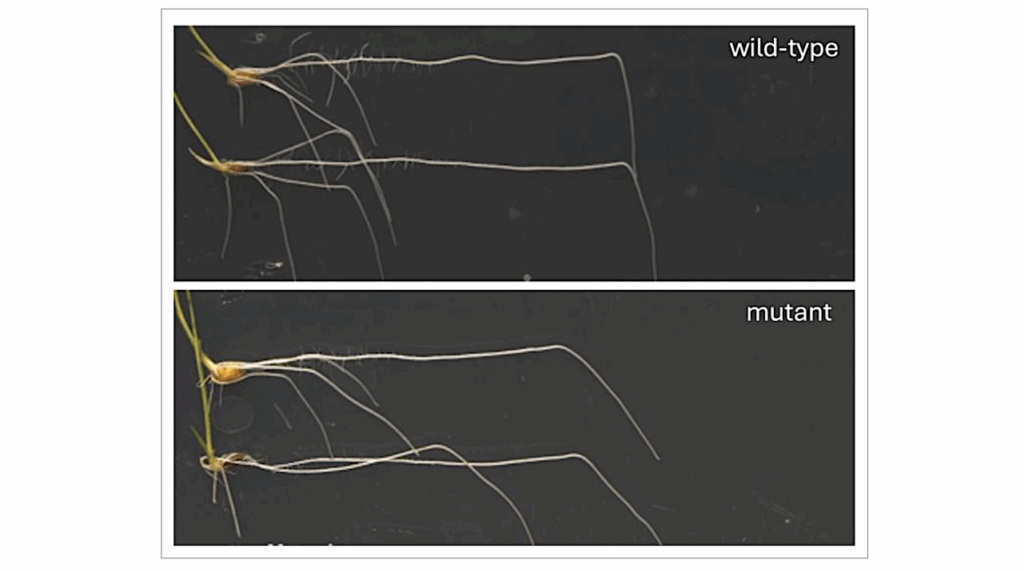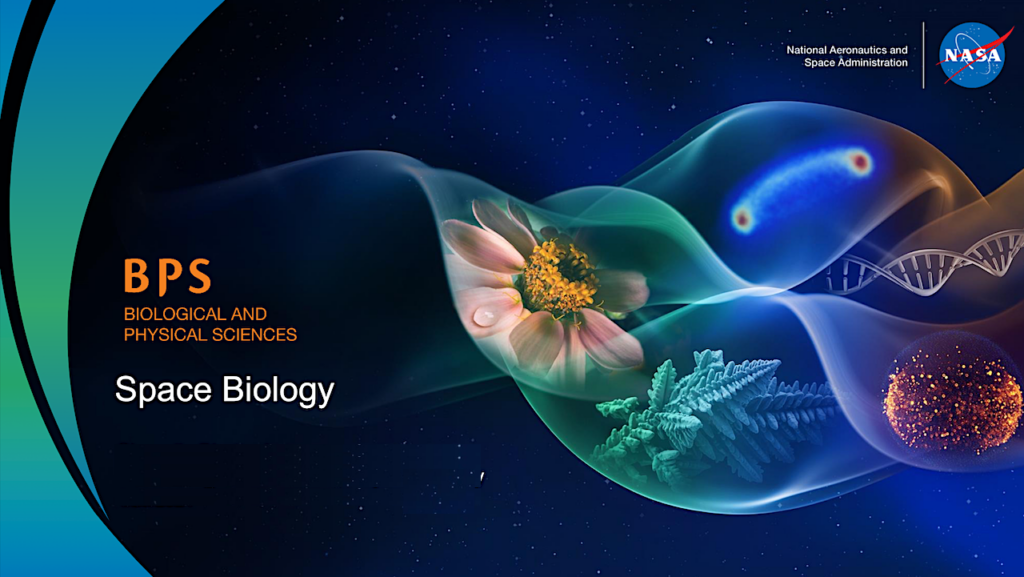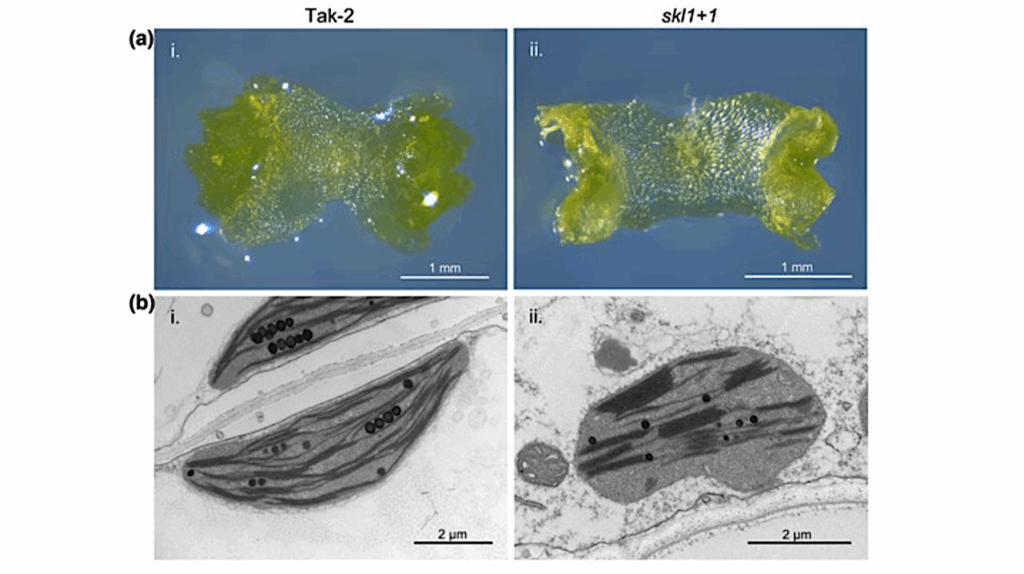Efficiency Of The Oxygenic Photosynthesis On Earth-like Planets In The Habitable Zone

Oxygenic photosynthesis is the most important biochemical process in Earth biosphere and likely very common on other habitable terrestrial planets, given the general availability of its input chemical ingredients and of light as source of energy.
It is therefore important to evaluate the effective possibility of oxygenic photosynthesis on planets around stars as a function of their spectral type and the planet-star separation. We aim at estimating the photon flux, the exergy and the exergetic efficiency of the radiation in the wavelength range useful for the oxygenic photosynthesis as a function of the host star effective temperature and planet-star separation. We compute analytically these quantities and compare our results with the estimates for the small sample of known Earth-like planets.
We find that exergy is an increasing function of the star effective temperature, within the range 2600-7200 K. It depends both on the star-planet separation and the star effective temperature. Biospheres on exoplanets around cool stars might be generally light-limited. So far, we have not observed terrestrial planets comparable to Earth in terms of useful photon flux, exergy and exergetic efficiency.
Giovanni Covone, Riccardo M. Ienco, Luca Cacciapuoti, Laura Inno
Comments: Accepted for publication on MNRAS
Subjects: Earth and Planetary Astrophysics (astro-ph.EP)
Cite as: arXiv:2104.01425 [astro-ph.EP] (or arXiv:2104.01425v1 [astro-ph.EP] for this version)
Submission history
From: Giovanni Covone
[v1] Sat, 3 Apr 2021 15:01:11 UTC (671 KB)
https://arxiv.org/abs/2104.01425
Astrobiology








